For many years, photovoltaic (PV) plants were designed to a 20-year system life based on the length of PV module warranties. It was generally assumed that when these (formerly) expensive components reached the end of their life, the remainder of the plant would likewise be ready for decommissioning. However, as margins decrease and equipment becomes more reliable, PV plant designers and installers are being asked to provide plants that will remain operational for 35–45 years, and it’s likely that 50+ year PV plant lifetimes are not far behind.
As the price of key components like modules and inverters continues to fall relative to the costs of siting, permitting, and development, we can expect system owners to try and stretch lifetimes even further by repowering plants with new (presumably cheaper) modules and inverters. This could possibly add decades to the overall plant lifetime.
Though the National Electrical Code (NEC) is very clear that it is not a design standard, code officials who inspect modern PV plants face the very real possibility of future interactions with the project. They must consider not only the system’s current condition, but also how that condition will change over the coming decades. For example, inspectors may find PV system installers using components with design lives that are not commensurate with a planned 35-year (or longer) lifetime for modern commercial- and utility-scale PV projects.
By a considered enforcement of key articles, code officials can do their part to support the safe and effective operation of PV plants for their full lifetimes.
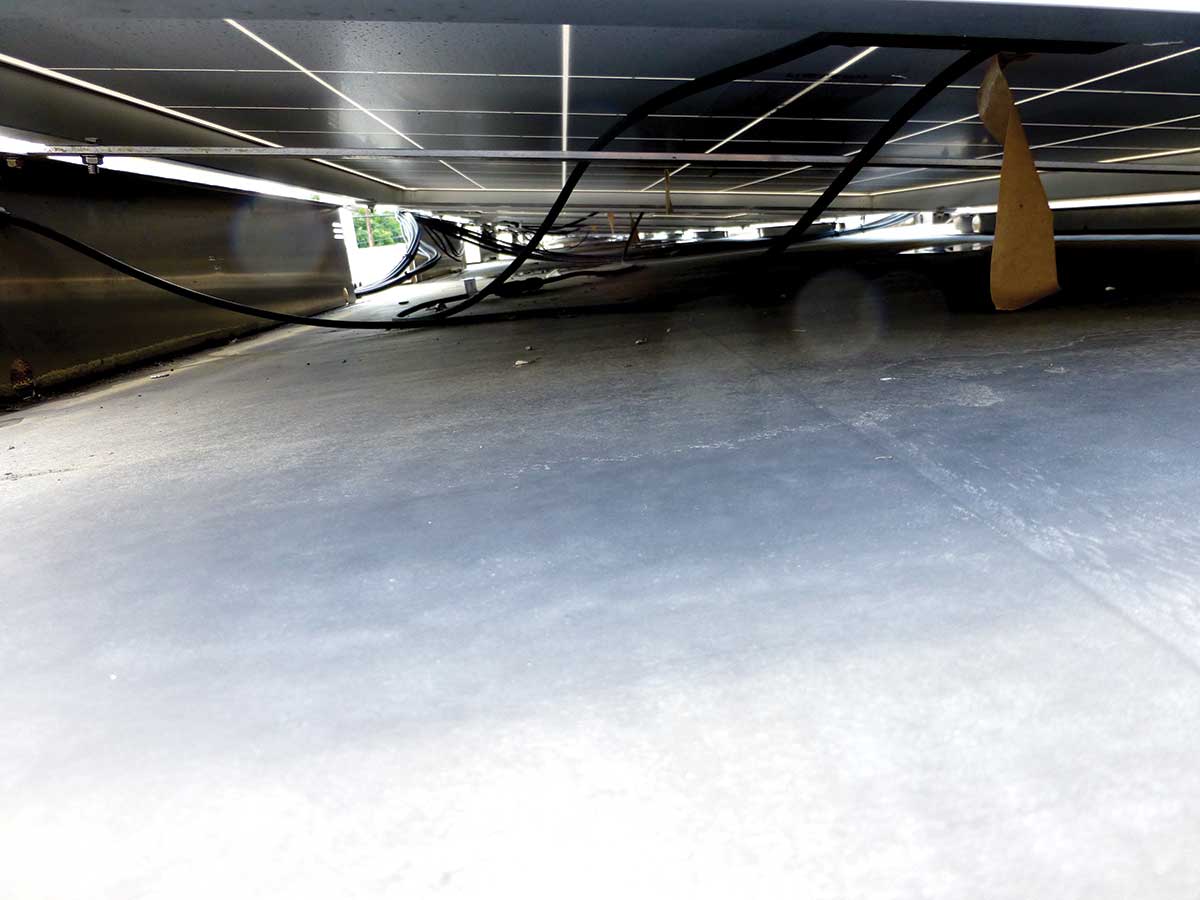 Photo 1. Example of unsupported conductors at risk due to snow, ice, and other debris.
Photo 1. Example of unsupported conductors at risk due to snow, ice, and other debris.
Code compliance of modern PV installations
For many years, public incentive programs have provided technical support to solar PV installers and owners—including (in some cases) performing field inspections of completed projects. The quality of these efforts varies from one program to the next, but entities like the New York State Energy Research and Development Authority (NYSERDA) and the Rhode Island Renewable Energy Fund have been quite proactive in identifying and resolving PV installation issues—even after the systems have been inspected and approved by relevant local authorities.
In a recent study by the Rhode Island Office of Energy Resources, it was noted that only 11 percent of PV installations inspected were Code-compliant. Based on the author’s experience in other states (from Massachusetts to California), this is not an unusual finding. In a recent presentation to the New Hampshire Building Officials Association, I discussed some of the most common installation errors and some key takeaways for Code officials:
- About one in four installation errors are happening at the PV array.
- Nearly 70 percent of PV installations have wiring or marking-related Code violations.
- More than 20 percent of installations had Code violations related to wire management and protecting conductors.
- Installations with array equipment grounding issues account for 15 percent.
Even before the effects of aging are felt, the industry has many steps to take regarding installation quality and Code compliance. But what are some of the key aging mechanisms for PV that may affect lifetime?
Aging mechanisms for PV plants
PV plants are human-made structures designed to operate in exposed conditions year-round. As such, they are subject to a variety of operational stresses. Applying a combination of well-understood Code requirements, good installation practices, and common sense will help to ensure that the plant survives and continues to operate under a variety of conditions.
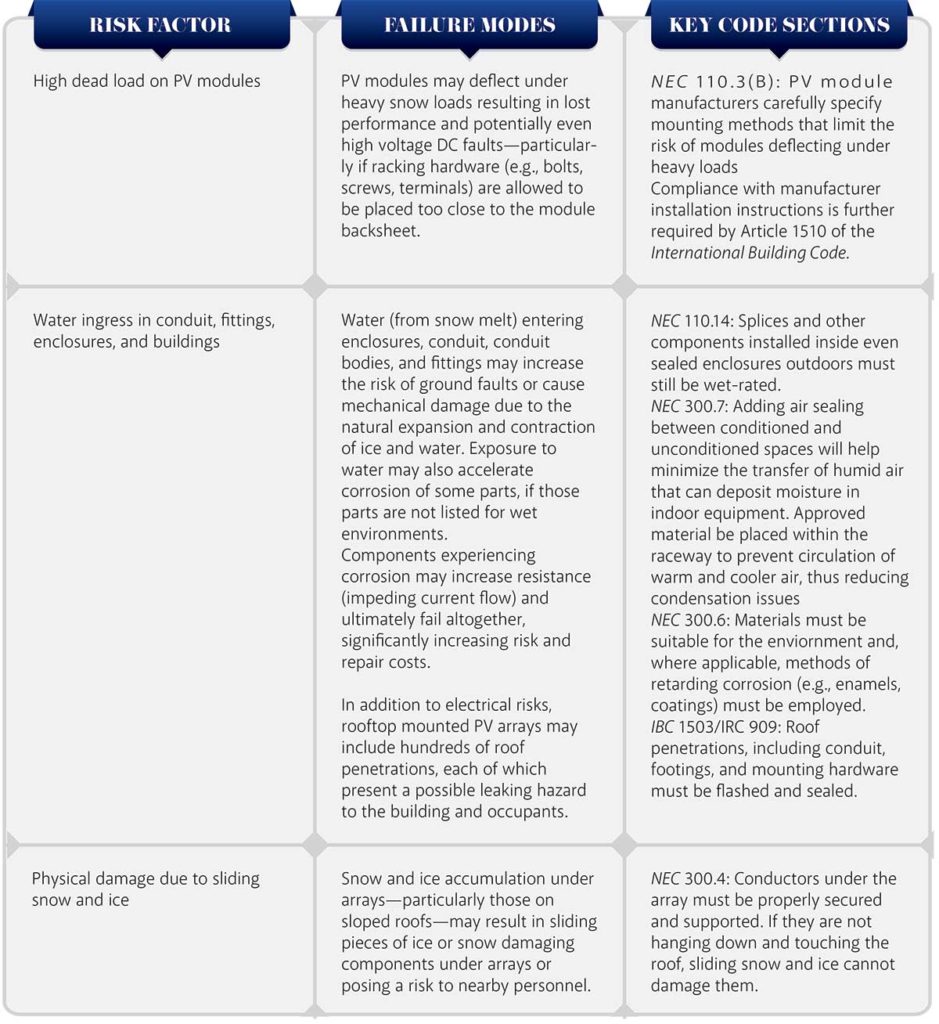 Table 1. Risk Factors of aging PV Systems
Table 1. Risk Factors of aging PV Systems
Snow and moisture
Despite the challenges associated with building almost anything in a snowy environment, the fact is that about 13 percent of all U.S. solar is installed in a place that gets at least 30 inches of annual snowfall. As a result, we cannot ignore the impacts snow can have on PV installations. In some cases, such failures can be fairly immediate. Those include heavy snow loads causing a PV module to deflect and fail. Others may take some time to become apparent such as water-induced corrosion inside an enclosure that is not regularly inspected.
Heat and sunlight
On the opposite end of the spectrum from snow and ice, much of the PV installed in the U.S. is installed in hot locations that receive a lot of sunshine. In these environments, equipment is subjected to high temperatures and exposure to ultraviolet (UV) radiation that can degrade sealants, adhesives, and many types of plastics commonly found in enclosures, fasteners, and fittings.
Other aging mechanisms
It can be hard to predict just what will happen to any electrical installation over the course of the next 20, 30, or even 40 years. Many common electrical components do not have readily apparent “useful life” ratings and inspectors certainly cannot be expected to research every product. However, for plants with long proposed lifetimes, inspectors may wish to focus on key components likely to have shorter useful lifetimes, such as:
- Cable ties
- Electronics (e.g., monitoring equipment, inverters)
- Labels and markings
- Components exposed to UV light and elevated temperatures
- Consumables (e.g., filters, batteries)
For these and other components, the astute inspector may wish to require that such components with lifespans demonstrably shorter than the overall planned PV plant lifetime be explicitly included in relevant operations and maintenance (O&M) plans. Those plans should be presented for review.
 Photo 2. Example of thermal expansion pulling conduit and fittings apart, exposing conductors to damage.
Photo 2. Example of thermal expansion pulling conduit and fittings apart, exposing conductors to damage.
In addition to heat, sunlight, cold, and moisture, PV arrays may age based on:
- Physical damage (e.g., cutting grass, operating equipment or vehicles nearby)
- Vermin or pests
- Unexpected operations (e.g., excessive nuisance tripping, improper use of switches, human error)
- Adding or replacing equipment (e.g., repowering array with new PV modules, changing inverter settings to meet new utility requirements)
Component lifetime and replacement
PV plants are assigned a lifetime that is largely based on economics, but the individual components have design lifetimes and warranties of their own. As PV plants are expected to remain operational beyond the traditional 20–25-year timeframes, the likelihood of replacing components increases.
It is not always easy for an inspector or authority having jurisdiction to determine the useful life of a system component, as this information is rarely published by manufacturers. Even when it is available, the calculation of product design life is a highly specialized science that can be challenging to equate with real world conditions at a given site. As a simple point of reference, product warranties can provide an indication of relative replacement timeframes for key components.
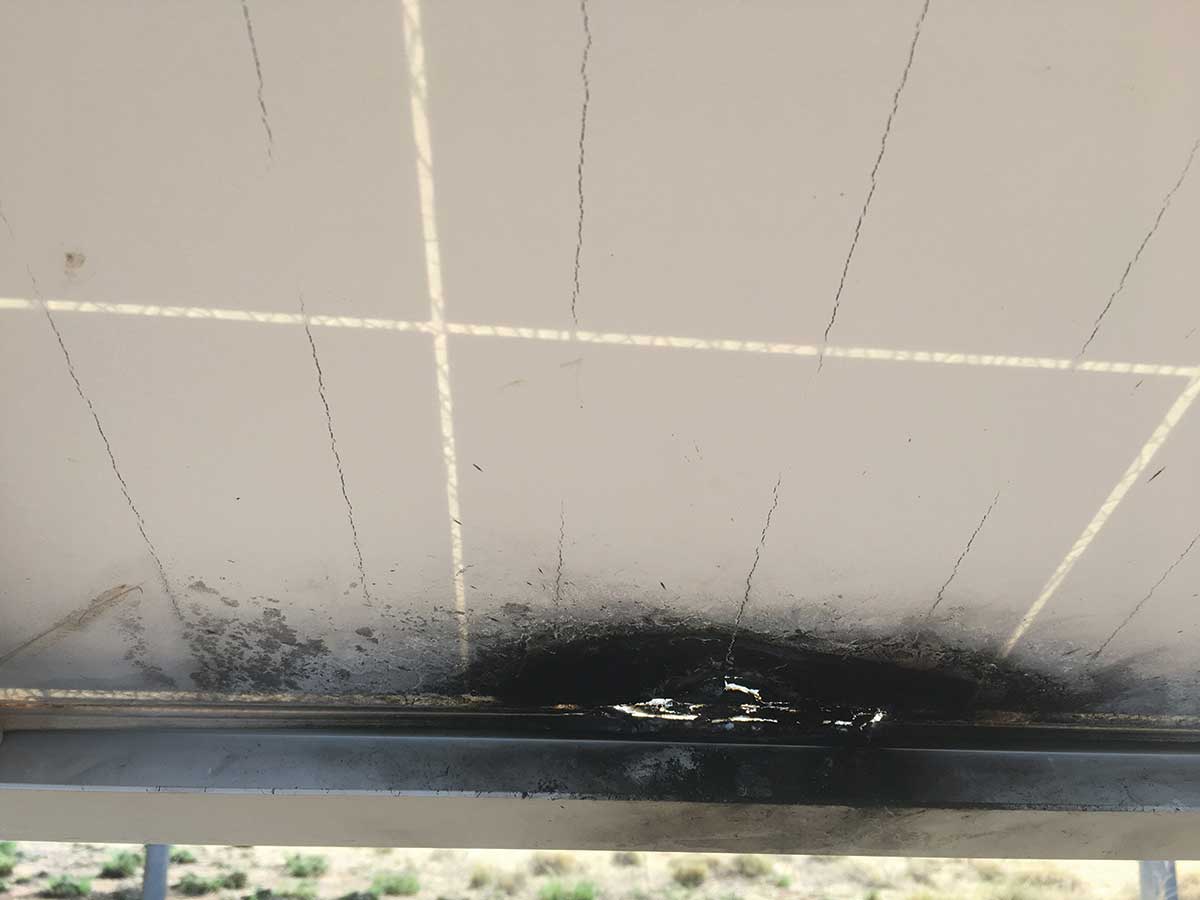 Photo 3. Example of PV module failure caused by busbar corrosion not backsheet degradation.
Photo 3. Example of PV module failure caused by busbar corrosion not backsheet degradation.
As shown in the table of manufacturer and workmanship warranty terms, most major components in a PV plant will likely be replaced at least once during an extended operating lifetime. Of course, these are only general guidelines.
Inspectors examining PV system installations already have a long list of specialized technical codes, standards, and references to bear in mind. Now, with the industry moving toward longer lifetimes, inspectors must begin to consider how to address this during the plan review and inspection process.
Requiring system installers to address the lifetime of key components—not just modules and inverters—is a good step in this direction. Inspectors can reasonably require that any components used in the system be demonstrated to have a useful life similar to that of the system itself. In cases where this is not so, such components should be specifically inspected and addressed as part of the O&M process. In this way, inspectors can satisfy themselves that a PV plant is safe and Code-compliant for the full life of the equipment.
But, with that being said, an inspector should be an “inspector” and not an “expector.” Inspectors should make sure the equipment is installed per the adopted Codes and product manufacturer installation instructions. The system designers will take the lead on lifetime optimization but the best results will come about when there is open communication between designers, installers, and AHJs about the sorts of steps taken to ensure the plant operates safely for its entire design life.
References
- Study of Renewable Energy Installation Quality in the Renewable Energy Growth Program, 2017: http://www.ripuc.org/eventsactions/docket/4604-OER-Cadmus-Study-InstallationQuality(11-14-17).PDF
- Solar ABCs provides a good reference for key design temperatures on their interactive map: http://www.solarabcs.org/about/publications/reports/expedited-permit/map/index.html





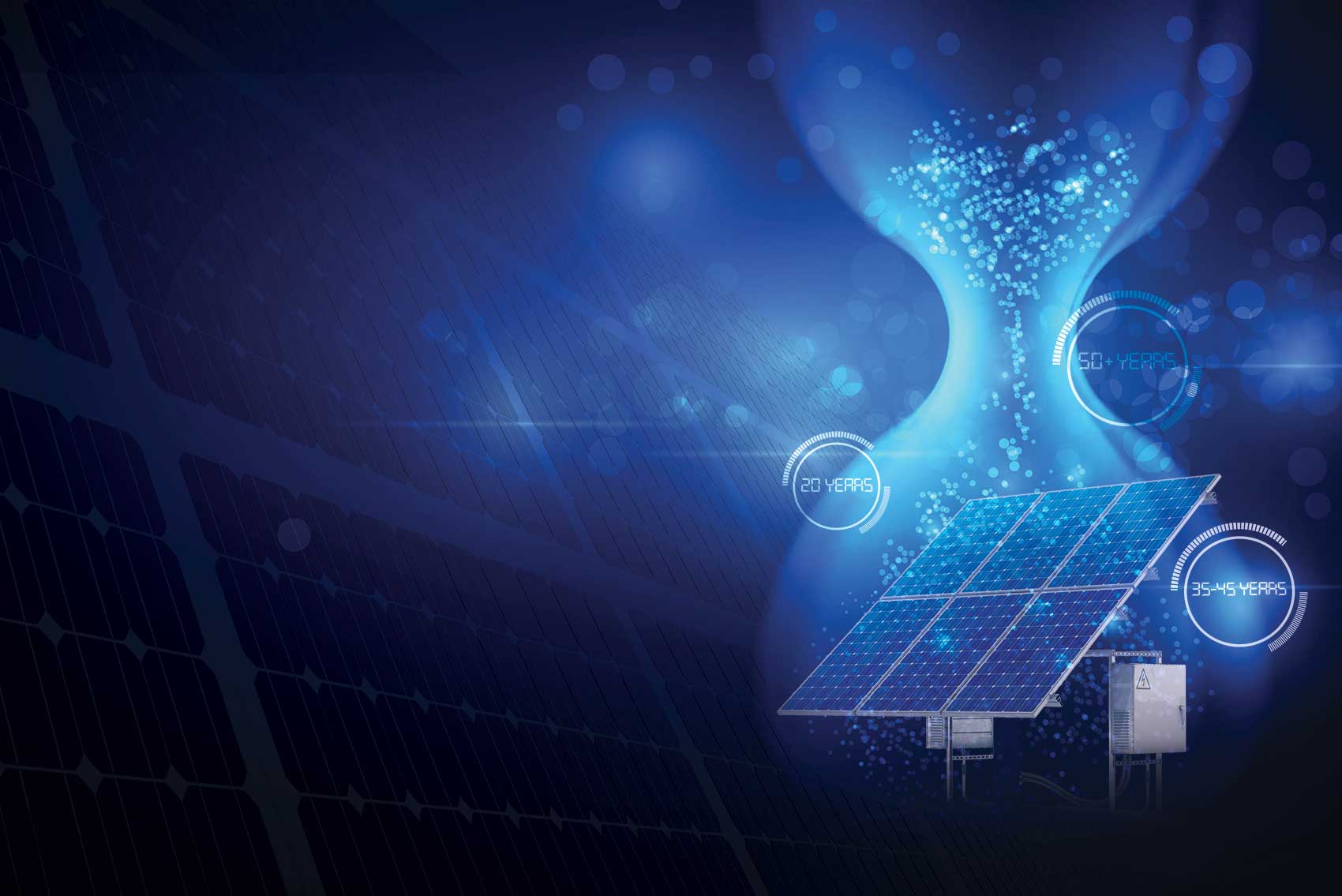
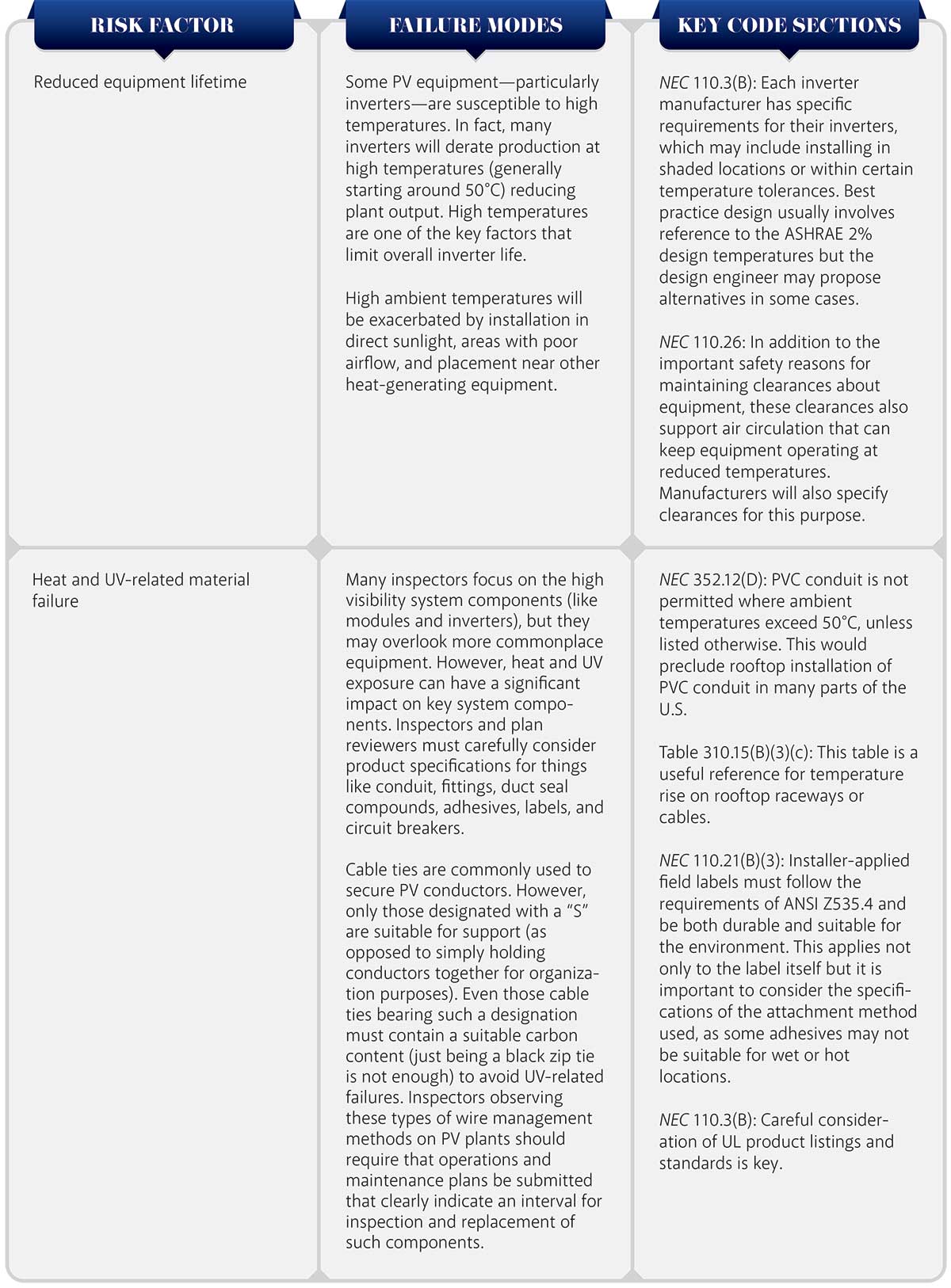
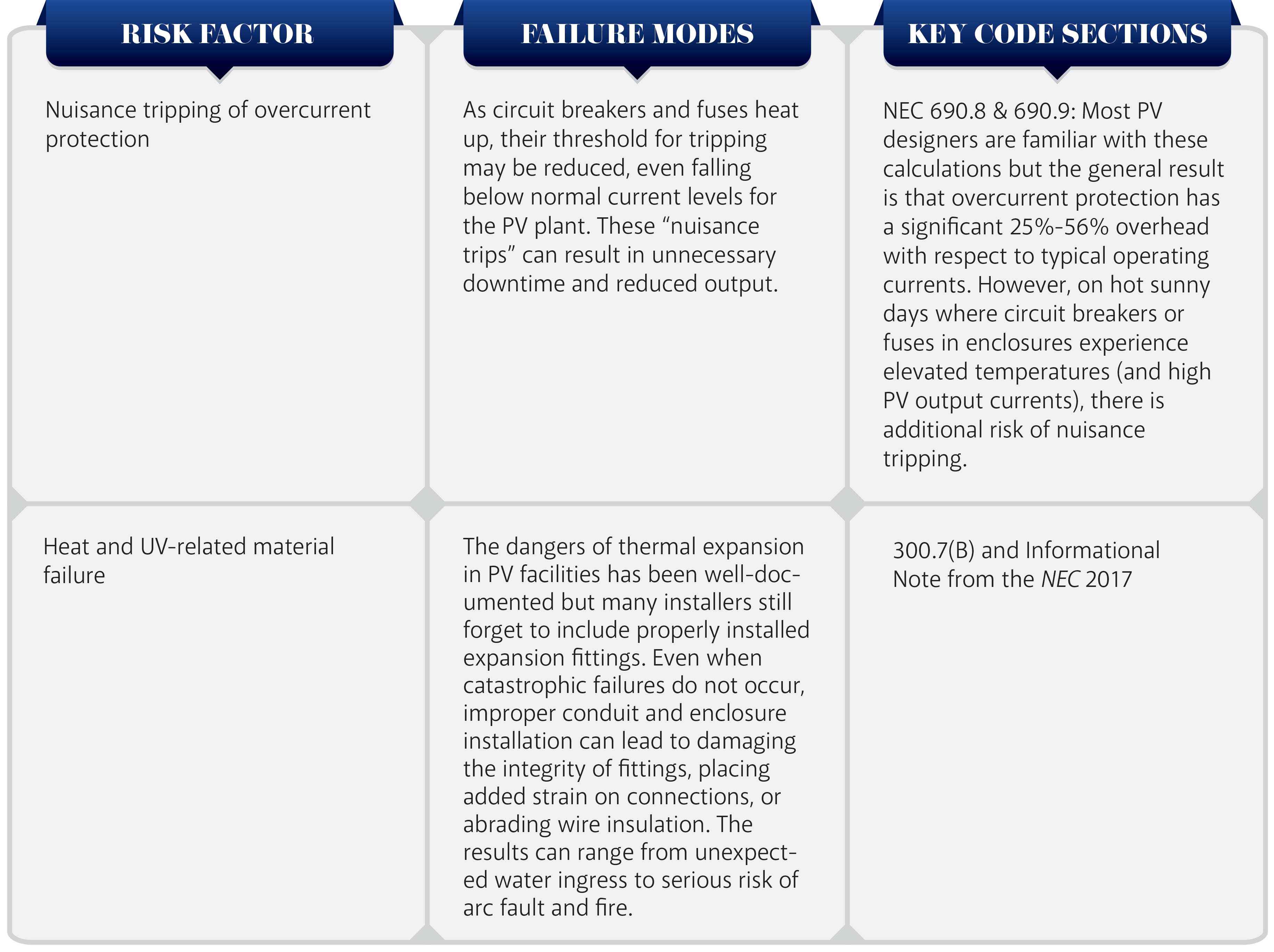
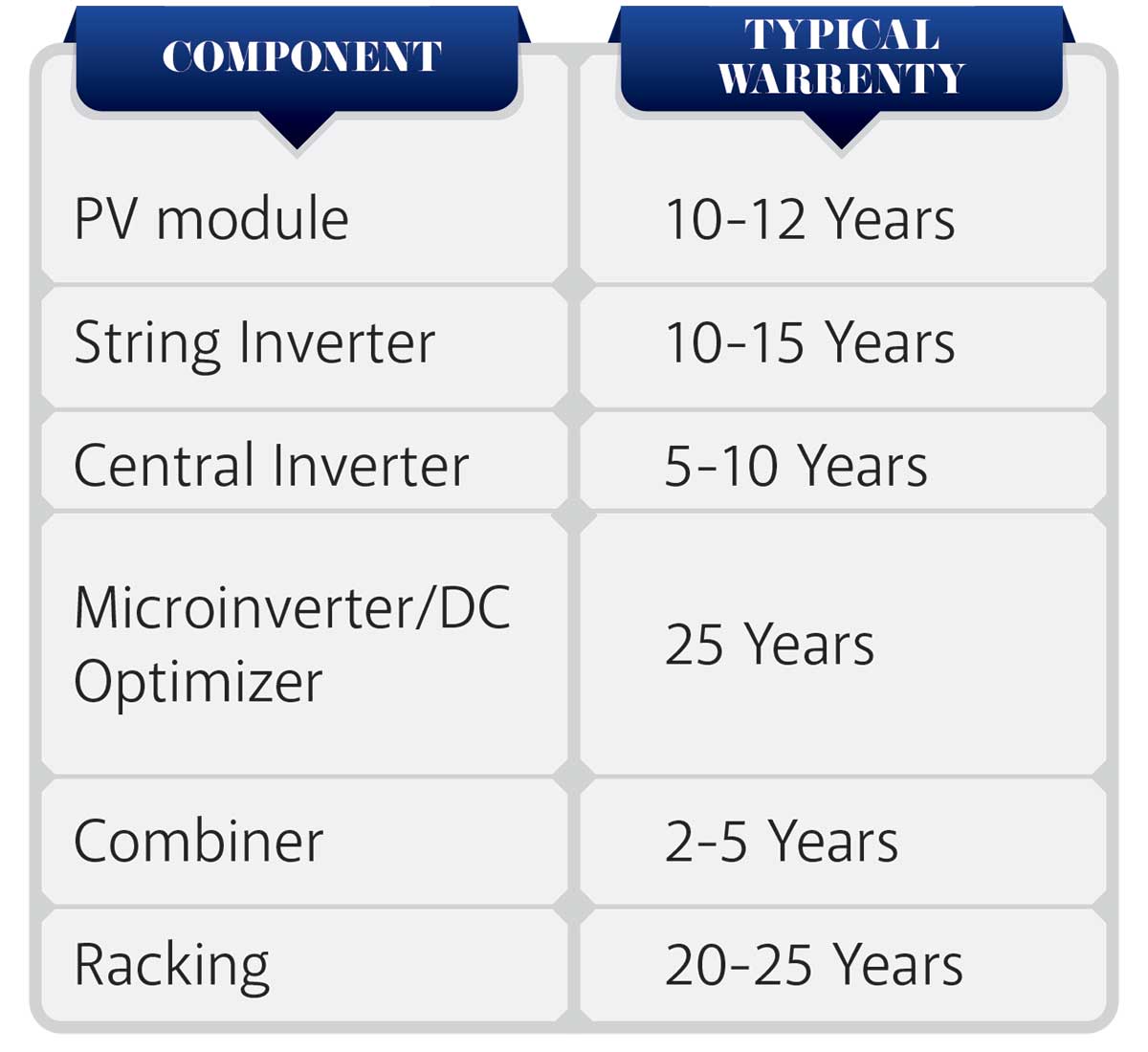









Find Us on Socials